Mobile Development
Business
How to monetize mobile apps?
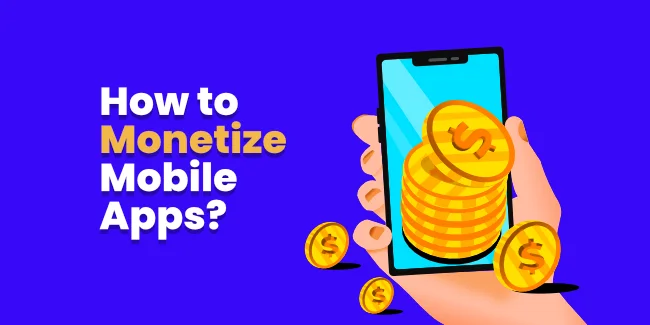
You've come up with your own mobile app idea, congrats! Now it's time to think how you gonna earn from it. In one word, it's time for picking a monetization strategy.
If you are already thinking about monetizing your application, you are approaching the start of the project. Find out how to estimate the project budget so that nothing will surprise you along the way.
Making money is a crucial element of the application's planning, development, and continuing maintenance. It should also be mentioned that app monetization isn't simple; there are several methods to generate money through an app.
Our article will show you a way to monetize your app. Guide to mobile app monetization for a business to begin its wise app monetization strategy, and it's essential to know how much your app brings you in revenue.
We will show you how to monetize your mobile app in this app monetization guideway. Do you know that monetization is one of the elements of the product design process? Find out more about product design and what are its stages in our complete Product Design guide that illustrates this topic.
You will also probably soon be selecting the company that will be your technological partner. Learn what to pay attention to when choosing a dedicated team!
What is app monetization?
App monetization refers to various methods that can be used to generate additional money through an app.
It is how you turn your app users into income. This procedure involves a variety of mobile app monetization strategies. Some categories of applications are better suited to certain monetization strategies than others. Some apps specialize in one area of app monetization, while others combine several elements.
Software development is a complex process in which many elements must work together in order for an application to be successful. Take a look at how to build a software development plan, so that you can smoothly go through the entire process.
Why is app monetization important?
It's critical to understand how to make money from your app because it's becoming more typical to discover apps are available for download without charge. As a result, the app business model must be adjusted to accommodate this. After a user downloads your app, you must change to a cash-generating business model. It is where your plan comes in handy. It's essential to take the time to create one that guarantees both of these things occur: Your app generates revenue, and income is constantly on the rise. You preserve your consumers and the user experience.
How can an app make money?
According to TechCrunch, more than 90% of market apps are now free. App revenues will decline in the following years due to apps that charge for download (paying applications). App monetization may be complicated and vary from templates or courses. There are several various methods to generate revenue from your app.
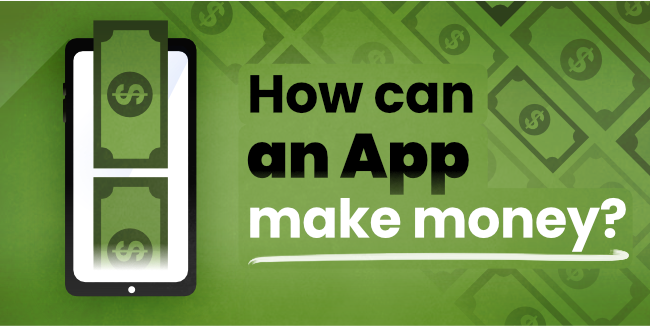
Let's take a step back and get started. What is the most effective app monetization technique? What is the finest method to improve performance in a certain scenario? It's feasible for you to profit from your app. Some development companies specialize in one technique, while others combine both approaches. As a result, you may build your template. Make sure you understand this approach thoroughly before proceeding. The categories in our app helped us determine the most viable revenue streams.
Let's look closer into popular mobile app monetization methods (app monetization models).
In-app advertising
The popular app monetization model is mobile ads and in-app ads. App developers may show advertisements inside their applications (on a mobile screen) in the in-app advertising revenue model. Every time an ad is shown, the advertiser pays the developer. The potential for this mobile app advertising income is virtually infinite. Advertisers will be interested in purchasing ad space if your users spend enough time in your app.
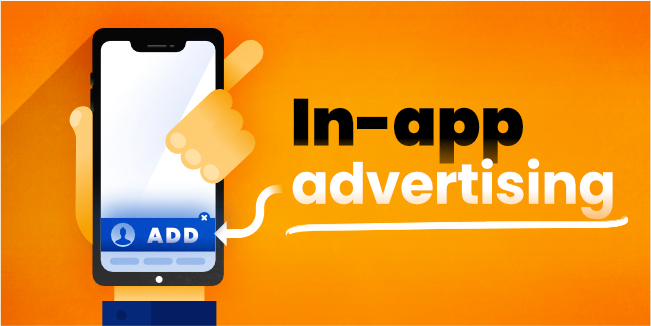
For example, despite being a free social networking app, Instagram generates money through advertisements. Instagram's earnings have been increasing rapidly due to its use of data from its users to deliver highly personalized advertising.
It is still the most common way for app owners to monetize their apps. It frequently generates a lot of discussions. There is no one-size-fits-all solution for in-app advertising. Advertising is various from one application to the next. However, there are a few broad guidelines for advertising in applications - benefits - quick to implement, and simple app monetization procedure. Concerns - may have an unfavorable effect on the app experience; only produces significant figures if you have a big user base.
Ads must match the UX and UI design of your application. Find out more about mobile app design and get to know the most important tips related to it.
App Banner Ads
These are the primary adverts for the app. These were more popular when there was a free and paid version of applications. Having an ad-free version was a quick method to earn money. However, people were willing to pay not to see any banner ads demonstrating how prevalent they are.
I could go on for hours about how bad the appearance of banner ads is for your app. Banner advertisements are ugly and intrusive from a user experience standpoint. They take the attention of the user away from the app experience.
The problem with mobile advertising is that the ads are generally so tiny that the advertiser does not get much value from using the space. It implies they are usually unwilling to pay a premium for it. As a result, CPMs are extremely low. They have poor engagement rates.
Interstitial Ads
Banner advertising is being examined as an alternative to negative in-app advertising. The height and the fact they are invasive are the two primary issues with banner ads. One possible answer to this issue is to show the same advertisements in a full-screen format to the user across different user flows. As a result, it gets its name: interstitial.
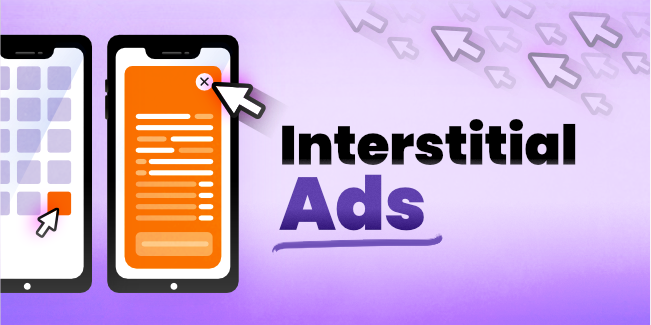
This technique is only effective if you truly understand your app's users and how they utilize it. Make sure you don't damage the user experience by accident.
The optimum time to show an interstitial ad is after a flow. For example, when a level is completed in the case of a game app. It's also advantageous to utilize interstitial advertising while an application is loading. It allows users to examine the ad and consider its message before it disappears.
Native Ads
Native ads are usually advertisements that have been modified to fit the feel of a certain app. The advertisements blend in with the rest of the content. When done correctly, native advertising has little effect on the user experience.
The response rate for non-intrusive adverts is greater. It is most likely because they "integrate with" the app's features. It does raise some concerns regarding ad effectiveness. Suppose the ad appears to trick users into clicking by posing as an organic element of the application. In that case, it will harm the user experience.
Affiliate Ads
Affiliate marketing is a kind of software monetization through which apps may make money by advertising other applications, items, and services on their own. This approach can be highly successful in converting if the source is trusted. People like to be referred to as things; therefore, affiliate advertising works.
Another important point to keep in mind is expertise. Attempt to connect the ad with stages in the consumer journey. Perhaps when the user is between levels, an advertisement for an app comparable to their current situation might be beneficial.
Reward ads
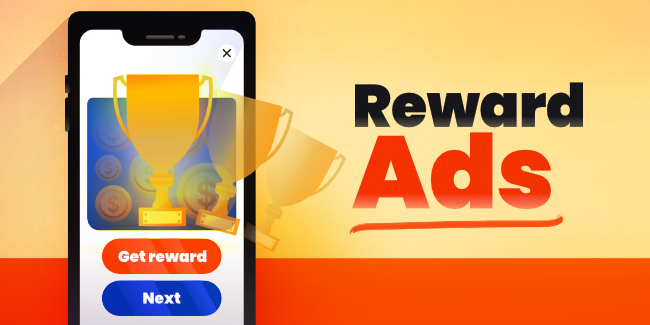
Another type of ad. Users like app reward ads, such as games, spend a lot of time. In this case, users are rewarded with a prize for engaging with content. For example, if you watch a 30-second ad in a game, you may be given an extra life. Reward ads are an excellent option for mobile game applications.
Freemium model
You might believe that free apps are less lucrative than paid ones, but there are several ways to make money with an app. According to Google Play, 98 percent of app income comes from free apps. You can even earn more cash by selling a free app than you could by selling a paid one.
What's the percentage of free apps in your app portfolio? According to Statista, approximately 93% of all applications employ free applications. It is only natural since consumers typically download an application before paying for it. It's a clever approach — downloads of free apps are far more common.
A different app monetization model is Freemium. The free app is readily available for download. Users may get a rudimentary knowledge of the program and its capabilities by purchasing it. In-app purchases follow next. The freemium business model is the most frequent technique for monetizing apps on mobile devices.
The fundamental idea of the freemium model is that a company provides a product with basic features for free.
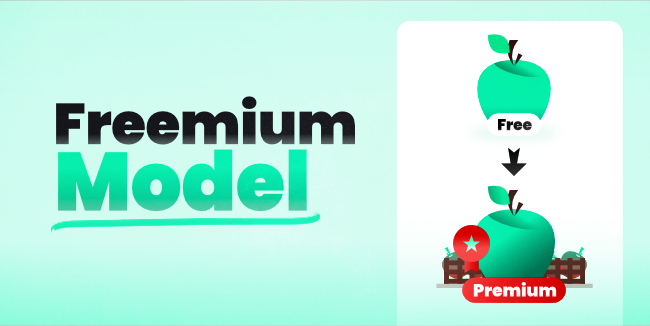
However, this solution has certain limitations that sometimes cause the client to desire more. Beyond the free version of the product is a premium edition with greater resources, services, and benefits if the user pays a subscription fee.
Some organizations anticipate that some consumers will not upgrade to the premium version. Yet, they believe that the limitations of the free product would persuade users to purchase the premium version.
Subscription mobile app monetization strategy
It is another popular monetization model. Users who use a subscription model can download the software for free. They then have access to all or some of the app's features for a certain length of time. After this period has elapsed, they must pay a recurring payment to continue using the program.
It's easy to see why this app monetization approach is becoming so popular. It's straightforward to assess. The developer gets a steady stream of income. In certain situations, it may produce considerably more money than other methods.
Because they've already paid to use your app service, they'll put time into it. Most users will hesitate to stop paying for access if this implies input.
Transaction fees
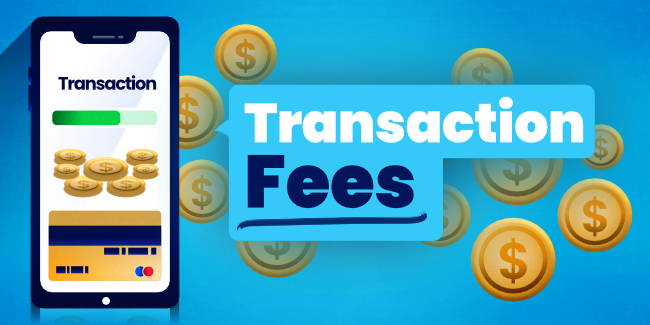
This technique is a departure from current marketplace practices. It is an excellent approach to profit from app users if your product has a significant market or audience transactions. Scale is one of the essential advantages of this method. If you have a mobile app and want to monetize it, this is the way to go. The biggest benefits of this approach are scalability. This technique will scale with your audience's growth if you maintain its activity and increase your audience size over time.
Premium models
Can a mobile application cost more than a single cent per month? Upfront income generated from downloads and quicker profits may be compelling reasons for choosing a premium model. Paid apps generally attract more users. The average person will use the product if it is paid for. It also comes with some drawbacks. The average download speed of paid applications exceeds 100x. Approximately 0.3% of paid apps downloaded 10,000 or more if downloaded. How do you evaluate the best apps for your business and see their competition? Why does someone prefer to download the apps you provide for free?
Sponsorships and partnerships
If you can secure a partnership with another brand, you can significantly step up your monetization game.
You'll need to find a partner with a similar customer base who can add something to your users' experience.
A partner or a network of partners can seriously benefit your customers and your businesses alike, especially if you create an integrated experience – like when Localytics and Optimizely partnered to deliver mobile analytics as a combined service.
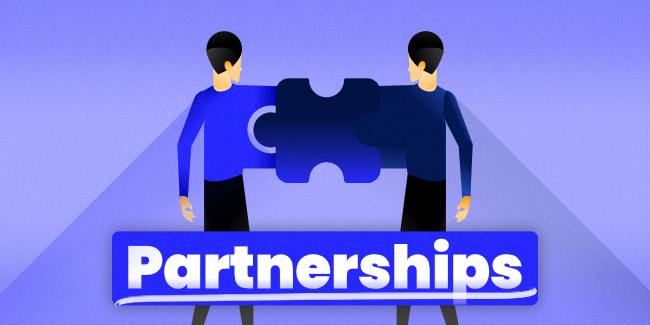
Imagine users on another app who see your brand logo, and maybe even an interactive element typically found in your app appearing as part of the app they're currently using. That could potentially convince them to download your app.
And if your partner includes advertisements featuring your apps, there's a solid chance their users might click that ad to go straight to your app. It is called a click-through rate (CTR), and in some instances, it can be as high as 12.5 percent.
So, once you've opened yourself up to the idea of hosting and sharing advertisements, definitely consider forming partnerships to strengthen your brand outreach.
Subscriptions
Users pay a one-time fee when they download your app. As a result, the more you charge, the more money you make from paid downloads. However, you must be cautious about how much you charge against what you give. The advantages of that strategy are that you begin earning money as soon as possible, each client has a precise monetary value. Users are more committed and engaged with an app because they've paid for it in advance. UI is generally less cluttered since there are no advertisements or other monetized content to clutter it up.
The disadvantages include a lot of competition from free applications. The App Store and the Google Play Store take a big cut of your earnings. Aside from the initial payment, there are no additional revenue streams. Amassing users may be tough because of the pay-to-play barrier. Expectations are considerably higher, which means greater monitoring and maintenance of quality, performance, and security at all times.
The idea is straightforward. It's less expensive than most computer editing software, simpler to use, and designed for smartphones. In a nutshell, it allows any mobile user to harness the power of something like Photoshop to take great selfies.
In-App Purchases
In recent years, this technique has grown more popular with gaming applications. Virtual or actual goods may be bought within apps and generated money.
App developers have discovered many methods to generate money through their software. One popular method is to allow consumers access to virtual currency. Users spend real money to acquire this virtual money and use it for various purposes within the program. This money is usually used to get ahead in the game or gain access to certain features and services that take a long time to unlock.
There's a fine line to tread here. The consumer must believe they are receiving good value for their money. However, they must continue playing the game to pay more money. That is why it's critical to keep the game or app interesting for people who aren't paying users. If other people who aren't ready to get their wallets out stop playing, paying players will decrease.
In-app purchases are available in a variety of forms. If your app is part of your business, in-app purchases will account for a significant portion of your earnings. Users can pay quickly and easily by utilizing the built-in payment system in exchange for their real item or service. There isn't much to add about this approach, other than that if you want to increase your income, your physical goods or service must be excellent.
Which Monetization Model is Right for Your App?
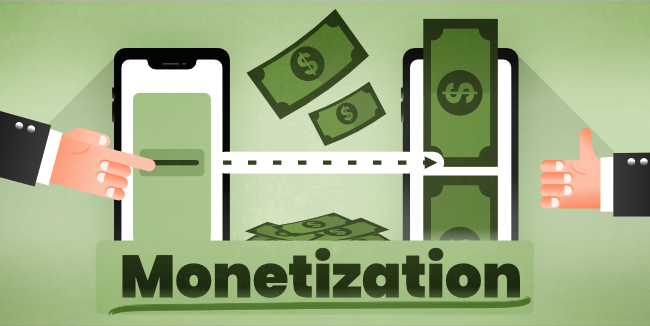
These concerns are crucial when determining how to profit from an app. They frequently attempt to build a big user base before monetizing it rapidly. Your company objective will influence your monetization strategy and how it will function. Another crucial thing to consider about monetization is that some models are distinct. Suppose you want to pay users, for example. In that case, mixing free and premium applications with targeted advertising and ad-free premium versions is feasible.
Selecting the best model for your application and overall company goals depends on many factors. Still, before launch, a monetization strategy must be established. The app's business aims will influence the way it makes money. Here are some things to think about while developing a mobile app monetization plan.
Company owners must first determine what their app does at the most basic level. What is the purpose of this application? What problem is it intended to solve? How does it go about doing so?
Some models, as previously stated, might be better suited to specific sorts of apps. Subscription models are ideal for services such as music or video streaming, news and entertainment, and other applications that are more focused on content. On the other hand, in-app purchases are optimal for free-to-play video games and apps dealing with items.
When creating a mobile product, it's critical to conduct competitor research. Product development and determining potential monetization strategies depend on researching comparable or adjacent apps. Specifically, how are they making money? Is there a gap that may be exploited? Is it possible to increase income generation faster?
You must remember that the cost of creating your application will depend on many factors. Find out more about them and take advantage of the free estimation!
User research is also important when determining which mobile app monetization strategy to employ. Who are they? What do they want? Most significantly, what are they prepared to pay for?
Users must be persuaded to make purchases if they are to do so. Users must be provided with a compelling reason to make purchases before making an app purchase. With free downloads, the value proposition must shine through the experience or usefulness of the software.
Despite the app marketing strategy you select for your product, it is not an afterthought. It should be considered from the start of your company's life cycle. The last thing you want to do is invest in a product that doesn't have a revenue model in place.
You can contact an app development company like ours to expand on that topic.